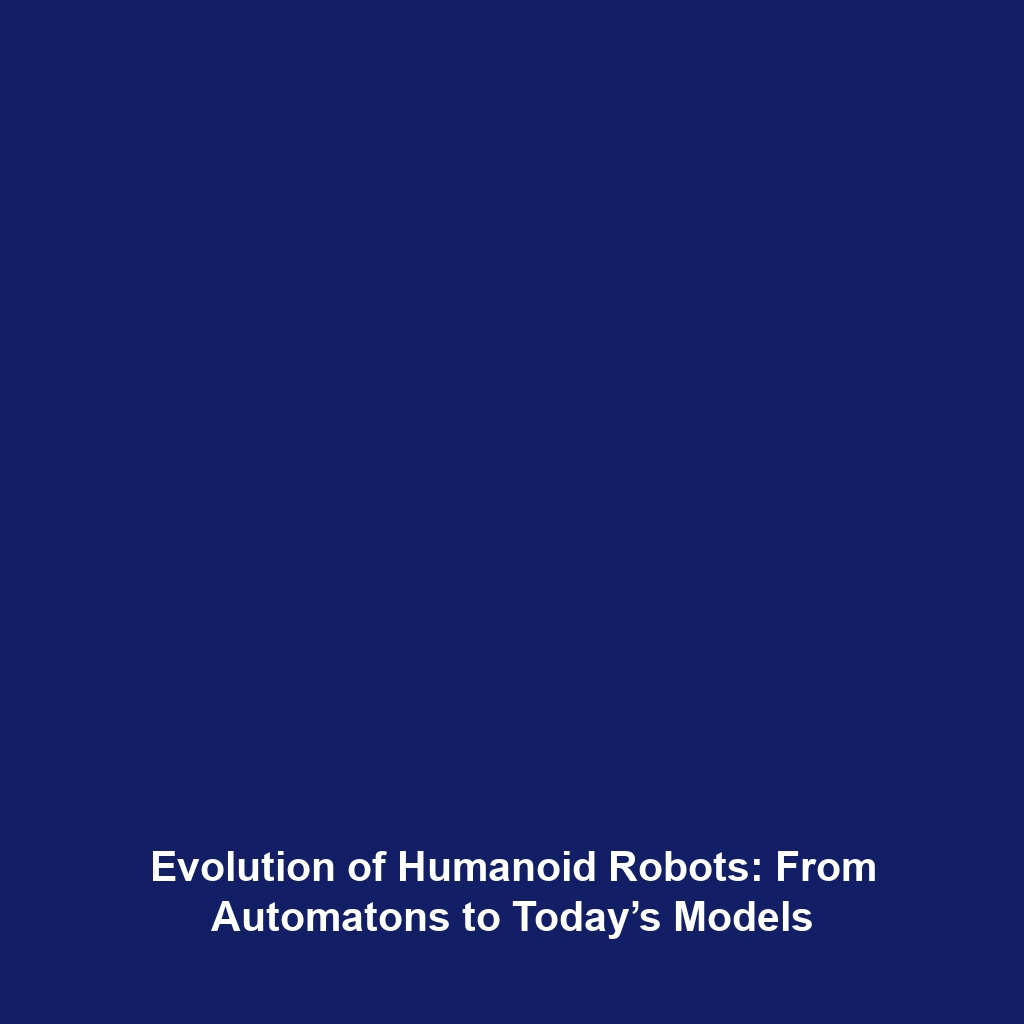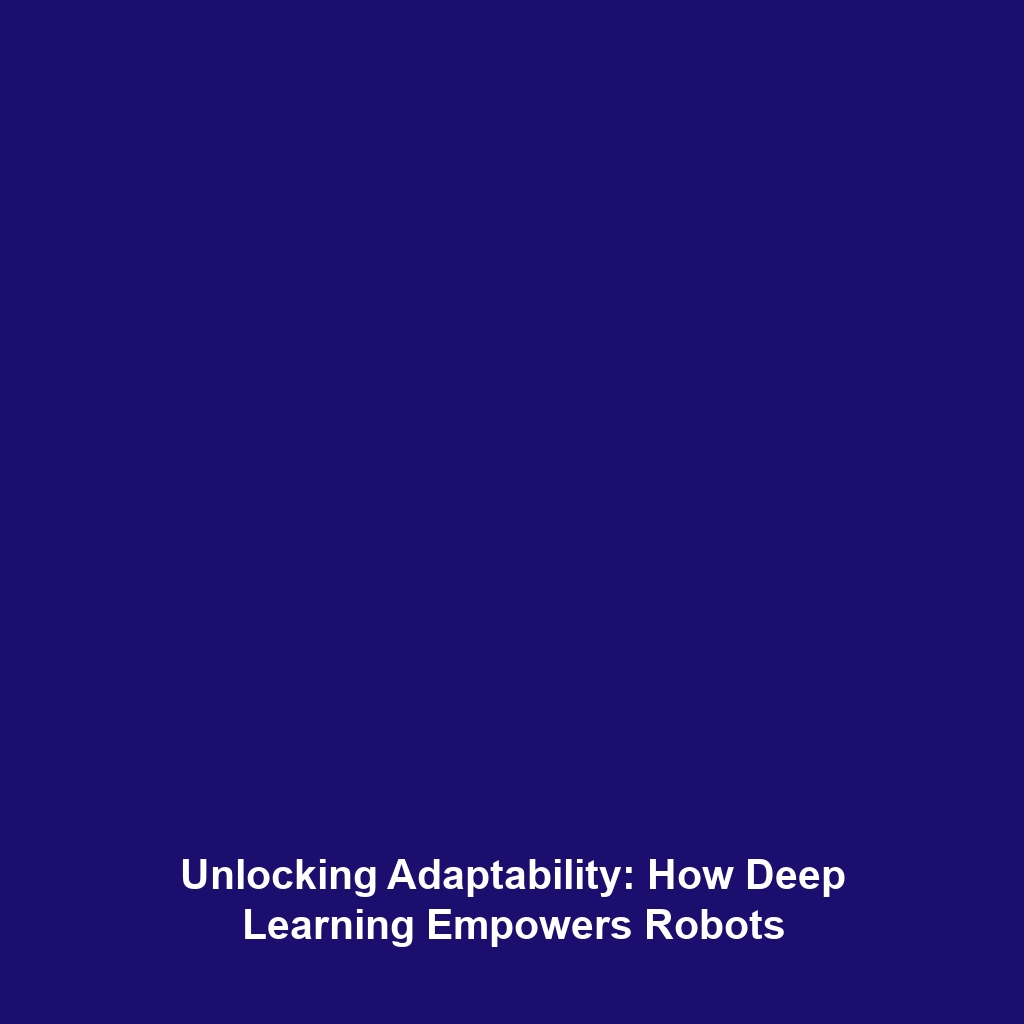Examples of Humanoid Robots Using Vision for Autonomous Tasks
Introduction
In recent years, humanoid robots have made significant strides, particularly in their ability to perform autonomous tasks using advanced vision systems. These robots, integral to various sectors, excel in cleaning, assembling products, and caregiving functions. The significance of these examples lies in their potential to enhance productivity and improve quality of life across diverse environments, from homes to factories. Understanding how these humanoid robots utilize vision not only provides insight into their operational capabilities but also sets the stage for future advancements in robotics.
Key Concepts
Several major concepts underpin the development and deployment of humanoid robots that leverage vision for autonomous tasks:
1. Vision Systems
Vision systems enable robots to perceive and interpret their surroundings, making them crucial for tasks that require precision and spatial awareness.
2. Autonomous Navigation
Humanoid robots utilize algorithms and sensors to navigate their environment autonomously, avoiding obstacles and optimizing task performance.
3. Task Execution
Effectively executing tasks such as cleaning or assembling requires robots to analyze their environment and make real-time decisions based on visual data.
Applications and Real-World Uses
The applications of humanoid robots using vision for autonomous tasks are extensive:
- Cleaning: Robots like the Roomba utilize vision and sensors to navigate and clean various surfaces effectively.
- Assembly: Humanoid robots in manufacturing settings, such as those created by Boston Dynamics, can assemble components with precision, relying on visual feedback to enhance performance.
- Caregiving: Robots like PARO are designed to assist in elderly care, utilizing vision to recognize faces and respond to emotional cues.
Current Challenges
Despite advancements, several challenges impede the widespread adoption and functionality of humanoid robots:
- Limited Vision Perception: Current vision systems may struggle with complex environments or low-light conditions.
- High Development Costs: The advanced technology required for effective visual perception can be cost-prohibitive for many applications.
- Safety and Reliability: Ensuring the safe operation of humanoid robots in human-centered environments remains an ongoing concern.
Future Research and Innovations
Looking ahead, several promising innovations in humanoid robots utilizing vision are on the horizon:
- Enhanced AI Algorithms: Research is focusing on developing smarter algorithms that improve the decision-making process based on visual inputs.
- Advanced Sensor Technologies: The integration of next-gen sensors can provide more accurate environmental data, allowing for better task execution.
- Collaborative Robots (Cobots): The concept of robots working alongside humans in shared spaces is gaining traction, requiring highly sophisticated vision systems.
Conclusion
Humanoid robots utilizing vision for autonomous tasks such as cleaning, assembling products, and caregiving represent a fascinating intersection of technology and functionality. As these robots continue to evolve, their impact on various sectors will likely expand, offering enhanced capabilities and solutions to complex challenges. For further reading on humanoid robotics and its applications, explore our articles on robotics technology and future innovations in AI.



